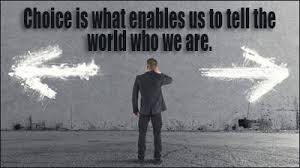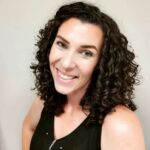Providing Controlled Choices in the Classroom
Sharing is caring!
We all know that providing controlled choices can help students be successful. That I’d make sure that my students followed directions, did their work, and were respectful to everyone around them. I studied behavior in college and learned about classroom management strategies. If you do not have the command of the classroom you will find yourself in power struggles.
So in the time that I have taught (almost 15 years now) I have learned a lot about behavior in the classroom. I am in no way an expert and I do not have my BCBA (I thought about it and went for my principal certificate instead) but I have friends that are BCBAs and worked with some in my classroom and learned a lot about things that can and won’t work in the classroom settings.
There are a lot of things I have seen and the plan is not to go over all those things but to more or less give you a tip that has helped not only myself but the staff in my classroom when you get into a scenario with a student that is just straight up non-compliant. It is called giving “Controlled Choices” and it is something that took me some time to understand but, once I understood it has really helped me in my classroom realize that there are times where students just want to feel like they are in control, especially when they are anxious about something and if we can provide them with choices that they feel in control of the situation can get a lot better.

What is a Controlled Choice?
The definition of a controlled choice is this:
“Choices can be offered in countless settings, including meals, chores, centers, routines, and play. Types of choices may include choosing materials during an activity, choosing what activity will come next, and choosing a friend to sit with at lunch. The intervention consists of offering choices among two or more types of materials or activities.”
“Although several explanations for the effectiveness of this strategy have been suggested, evidence suggests that choice making is effective because it allows the child to feel that he or she has some control or power over the environment. This control, in turn, motivates the child to participate and remain engaged longer.”

Examples of Controlled Choices
Jesse is refusing to do work and you have tried talking to them about it. Ask the student if they would rather complete the work in pencil or pen. Ask them if they would like to complete it at their desk or in a beanbag chair. This way work is going to get done just in a different way that is acceptable.
I have found that this strategy does work well for students that want control. They can do things they want from time to time and it’s not only about what you want them to do. I teach paraprofessionals to use this strategy as well. You can provide them with examples of things that might work best for the student. Then they can avoid being in those power struggle situations with students and avoid those unwanted high-stress meltdown type scenarios.
Using Visuals to help with Controlled Choices
I find that using visuals to give those choices in high-stress scenarios is the best. I use this visual in my classroom for students to take a break in the classroom they have a choice.

Even though I don’t want to empty my dishwasher if I was given some choices it can help. I could empty the dishwasher while listening to my favorite music. Another choice could be to do now or later but be sure to follow through on it getting done later. Providing students the opportunity to be responsible and make their own choices it makes them feel empowered and more willing to work.




